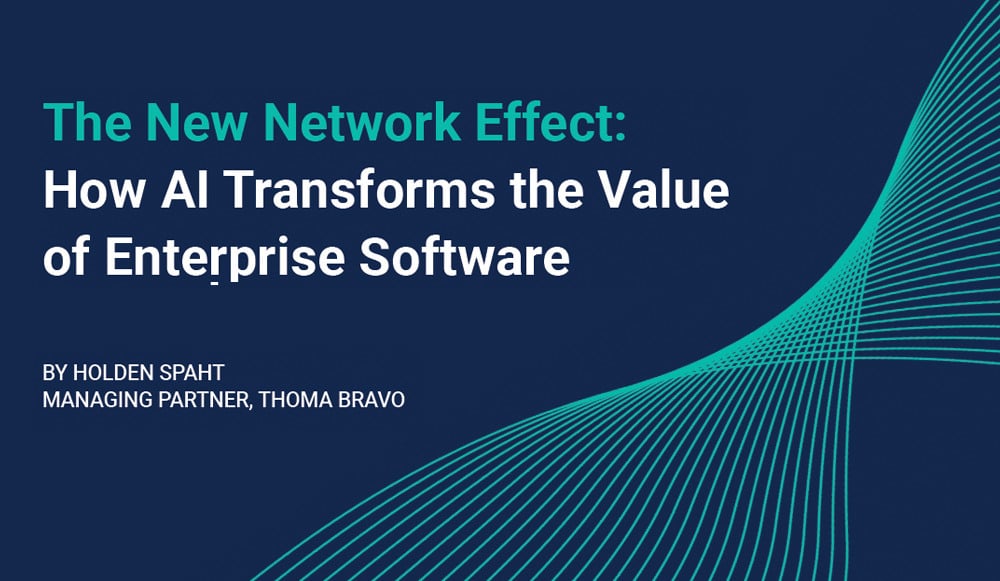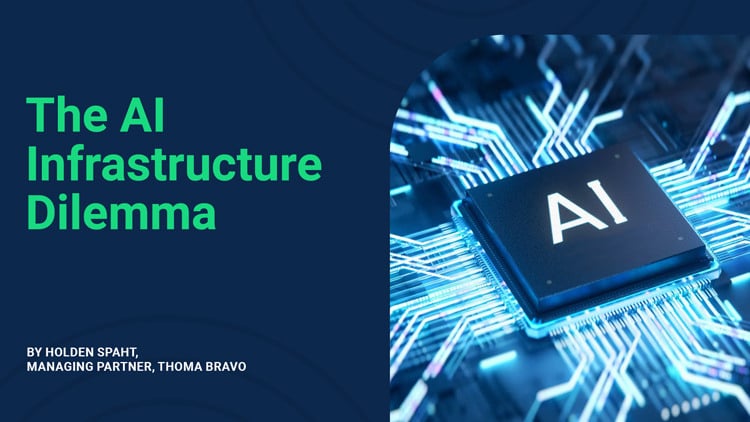In some cases, the price of bandwidth fell by as much as 80%. As a result, the most iconic fiber optic infrastructure stocks of the time collapsed: Global Crossing hit a market cap of around $47 billion in 1999; in 2002, it filed for bankruptcy and was acquired almost a decade later by Level 3 Communications, another major fiber optic provider that was once dubbed “the best-funded startup in history”, for $3 billion (including the assumption of just over $1 billion debt). Level 3’s stock price tells a similar story.
To be clear, while investors in these early infrastructure build-outs were battered by losses, the physical and technical infrastructure they paid for didn't disappear or go to waste. In fact, the underutilized fiber later became the foundation for the next generation of digital innovators (think Google and YouTube) who used underpriced infrastructure to super-charge their business models. As Carlota Perez explains so well in Technological Revolutions and Financial Capital, this is great for the development of technology and the overall economy — but that’s cold comfort to the bondholders and other investors in the red who paid for it all.
I have a somewhat contrarian point of view on where I think the risks will reveal themselves. The question that most bearish investors pose right now is whether we are building too much infrastructure too quickly and whether the level of demand for that infrastructure will match the optimists’ projections.
From my perspective, it’s not so much the volume of demand that will be the problem. Rather, it is the nature and shape of that demand. We could indeed end up in an oversupply situation — not because demand isn’t strong, but because we are building the wrong kind of technical infrastructure. Supply-side innovation is what’s missing from the bears’ story. I would argue that cheaper and more distributed infrastructure may ultimately be more appropriate (and cost-efficient) to handle most of the demand.
Put differently, my hypothesis is that the demand for AI services is more likely to surprise on the upside — it may even meet or even exceed projections — because I agree that AI is a transformative general-purpose technology that will shape industries and sectors across the economy. But I see three indicators why the need for the infrastructure to meet that massive demand might very well be different (and likely smaller) than most investors today expect.
The first indicator: Smaller and open-source language models demonstrate surprisingly robust performance on many business-relevant tasks. The chart below shows how the performance of open-source models is improving and converging on a major metric with those of the most expensive proprietary models.
Compared to intricately complex and expensive-to-run large language models (the better-known LLMs), small language models (SLMs) run leaner — and for enterprises that use them, that means access to and affordability of AI that may have otherwise been out-of-reach.
Companies in areas such as drug discovery research and advanced material science may need the most advanced and expensive frontier AI models for high-end work. But if a business aims to automate a call center with AI or optimize an inventory management system, it’s more likely to use a smaller and cheaper model — perhaps an open-source model — that requires much less elaborate infrastructure to fine-tune and run.
Many of the companies building foundation AI models are now building for exactly this future: in their most recent product releases, Google, Anthropic, and Mistral offered multiple versions of their models at different complexities and price points.
In each case, the smallest models can increasingly run on the edge, not in the cloud — in other words, on a laptop or even a smartphone. High-end infrastructure is still needed by AI companies to train their models, but once the technology is in the hands of its users to solve business problems (what’s called “inference”), the requisite infrastructure may not only be drastically less expensive…it may already be in the palm of your hand.
CIOs with limited budgets are deeply interested in this evolution of versioning for AI, as they should be. The idea of “AI-at-all-costs” (implementation of the technology without regard to immediate ROI for the enterprise) may have seemed like a growing norm in early 2023, but a year later, that freewheeling mindset seems to have already come back down to earth.
That points us to the second indicator of a different and smaller market for AI infrastructure: the emergence of finely curated, high-quality data sets and refined data engineering, making model training much more efficient.
The prominence of DataBricks — a platform that prioritizes data engineering to scale and hones down AI infrastructure to its clients’ specific needs — is an important signal of this trend. (It’s no coincidence that DataBricks just released its own high-performance open-source model as a complement to its data engineering services.)
Curated, domain-specific data sets lead to more efficient training runs and enable the construction of AI models that require fewer parameters to achieve better results — like replacing dull sledgehammers with sharp scalpels. The infrastructure needs here are migrating toward data engineering for efficiency.
The third infrastructure market indicator may seem obvious, but it’s easy to forget amid the hype: competition actually works to reduce prices and advance technology in ways that innovate around infrastructure constraints.
All the attention (and the profit margins) on the most advanced NVIDIA chips massively raised the urgency and stakes for competitors to build and deploy alternatives. And those alternatives proliferate across the industry just about 18 months into the LLM era. AMD recently released a competitive M1300 chip. Google, Microsoft, and Amazon deploy bespoke chips on their respective cloud platforms. Specialized chip architectures from companies like Groq focus on particular parts of the AI value chain (for Groq, it’s about inference, not training).
I do not believe this means the market for NVIDIA’s most advanced chips is going away. It’s also important to acknowledge the lock-in effects of the full NVIDIA development environment and the robust developer community that is already familiar with that integrated system.
Still, even in these early days of Gen AI, the incentives and pressure to create more cost-efficient alternative development environments with bespoke chips are already extraordinarily high. As the Econ 101 saying about supply and demand goes: the cure for high prices is high prices. For AI infrastructure, that cure may come sooner than many expected.
That also means that I don’t expect the demand for AI products and services to diminish over time (imagine how much the world will spend on AI chips in 2027 if inference gets much cheaper than it is in early 2024!). My point is that those expenditures will probably be spread over a much more diverse infrastructure base. In other words, the AI infrastructure could be much larger than we expect but also quite different from what the bulk of new investment is funding today.
While I see it as a cautionary tale for investors, I want to be clear that it is not a pessimistic view of AI’s potential for setting off a new era of digital transformation.
The internet and the digital economy of the 2000s changed the shape of the modern economy. That transformation took advantage of underpriced infrastructure assets paid for by investors who lost money and subsidized the next generation of technology with their losses. It was good for technology and the economy overall but not very good for the investors who got too far ahead of the game — and who fell behind in their understanding of the technology dynamics driving demand and supply.
The AI era is moving even faster, and investors will need to keep pace.











